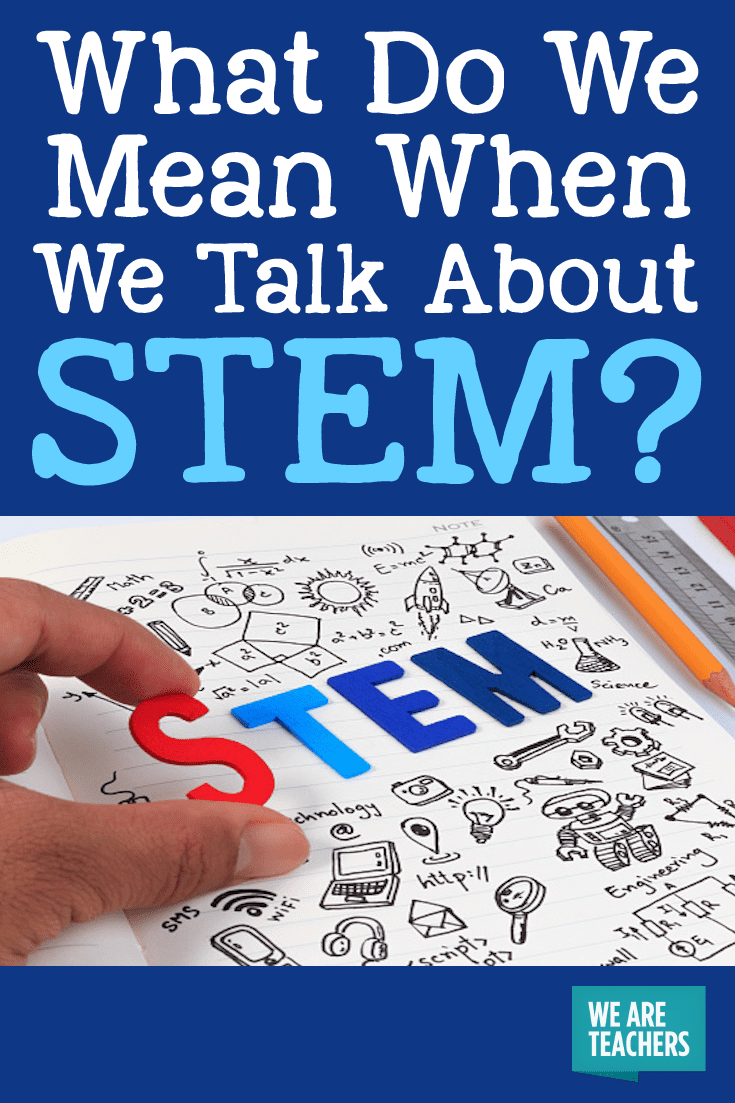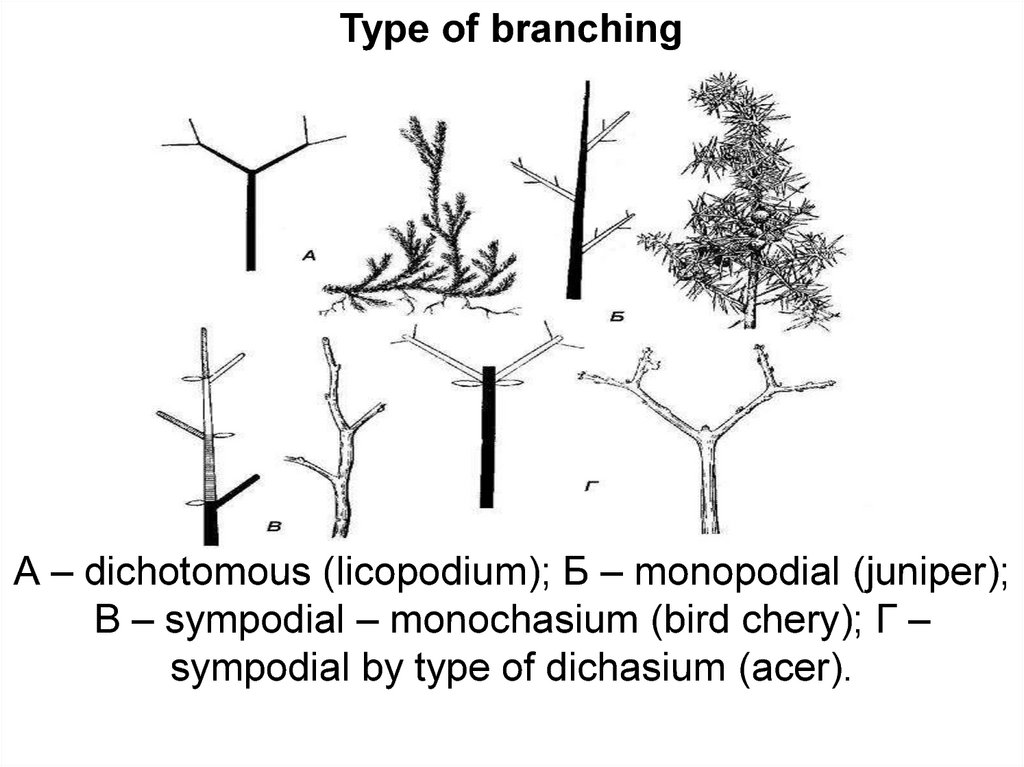

A bipartisan congressional STEM Education Caucus was formed, noting: The international comparisons fueled discussion of U.S. PISA 2006 results indicated that the United States had a comparatively large proportion of underperforming students and that the country ranked 21st (in a panel of 30 countries) on assessments of scientific competency and knowledge. prosperity.įindings of international studies such as TIMSS ( Trends in International Mathematics and Science Study), a periodic international comparison of mathematics and science knowledge of fourth and eighth graders, and PISA ( Programme for International Student Assessment), a triennial assessment of knowledge and skills of 15-year-olds, reinforced concerns in the United States. Those areas were seen as being crucial to maintaining U.S. Thus, attention was focused on science, mathematics, and technology research on economic policy and on education. The report predicted dire consequences if the country could not compete in the global economy as the result of a poorly prepared workforce. students were not achieving in the STEM disciplines at the same rate as students in other countries. National Academies of Science, Engineering, and Medicine, emphasized the links between prosperity, knowledge-intensive jobs dependent on science and technology, and continued innovation to address societal problems. In particular, Rising Above the Gathering Storm (2005), a report of the U.S. In the early 2000s in the United States, the disciplines of science, technology, engineering, and mathematics became increasingly integrated following the publication of several key reports. Since then, STEM-focused curriculum has been extended to many countries beyond the United States, with programs developed in places such as Australia, China, France, South Korea, Taiwan, and the United Kingdom. In 2001, however, American biologist Judith Ramaley, then assistant director of education and human resources at NSF, rearranged the words to form the STEM acronym. The organization previously used the acronym SMET when referring to the career fields in those disciplines or a curriculum that integrated knowledge and skills from those fields. The STEM acronym was introduced in 2001 by scientific administrators at the U.S.

DEFINE STEM FULL
STEM, in full science, technology, engineering, and mathematics, field and curriculum centred on education in the disciplines of science, technology, engineering, and mathematics (STEM). Learn about STEM education and its unique approach to teaching and learning See all videos for this article SpaceNext50 Britannica presents SpaceNext50, From the race to the Moon to space stewardship, we explore a wide range of subjects that feed our curiosity about space!.Learn about the major environmental problems facing our planet and what can be done about them! Saving Earth Britannica Presents Earth’s To-Do List for the 21st Century.

DEFINE STEM HOW TO
COVID-19 Portal While this global health crisis continues to evolve, it can be useful to look to past pandemics to better understand how to respond today.Student Portal Britannica is the ultimate student resource for key school subjects like history, government, literature, and more.From tech to household and wellness products. Britannica Explains In these videos, Britannica explains a variety of topics and answers frequently asked questions.This Time in History In these videos, find out what happened this month (or any month!) in history.#WTFact Videos In #WTFact Britannica shares some of the most bizarre facts we can find.Demystified Videos In Demystified, Britannica has all the answers to your burning questions.Britannica Classics Check out these retro videos from Encyclopedia Britannica’s archives.


 0 kommentar(er)
0 kommentar(er)
